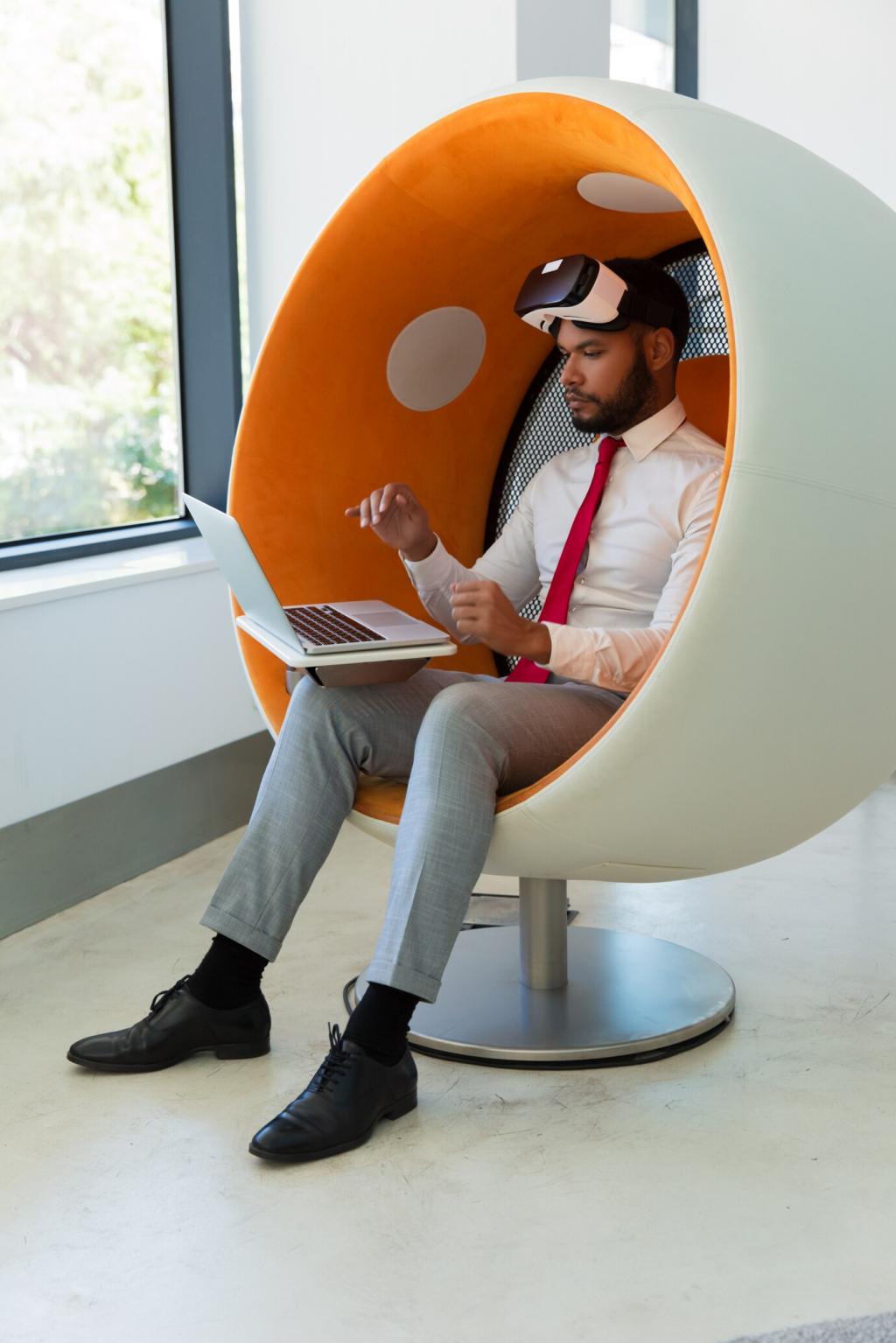
Multifunctional Furniture Design Trends
The world of interior design is undergoing a dynamic transformation, with multifunctional furniture emerging as a defining trend. As urban living spaces become progressively compact and the demand for personalized interiors rises, homeowners and designers alike are seeking innovative solutions that maximize utility without compromising on style. Multifunctional furniture blends practicality with aesthetics, creating adaptable environments that cater to our evolving needs. This article explores the latest trends driving the multifunctional furniture movement, dissecting how these versatile pieces are redefining the concept of home and workspace design.
Modular Furniture for Adaptive Living
Sectional Sofas with Detachable Components
Sectional sofas have evolved from static units into highly configurable seating systems. With detachable arms, backs, and seats, they empower users to arrange pieces as standalone chairs, long chaises, or traditional sofas depending on need. This transformation reduces clutter and enhances the room’s adaptability, making them perfect for both solo lounging and hosting gatherings. High-quality modular sectionals prioritize easy assembly and seamless integration, with fabrics and finishes that withstand frequent change. Innovations in this area often include hidden storage or convertible sleeper functions, amplifying their value in small living spaces and multifunctional rooms. The modern sectional sofa, therefore, becomes not only a design statement but also a pragmatic response to contemporary living challenges.
Stackable Storage and Shelving Units
Stackable shelving and storage units epitomize versatility in furniture design. Their modular nature allows users to adjust height, width, and configuration to match changing needs, such as expanding book collections or evolving decor tastes. Some units seamlessly double as room dividers, reinforcing privacy in open-plan spaces without permanent walls. With materials ranging from minimalist metals to warm woods, design choices remain broad, ensuring compatibility with various aesthetics. Manufacturers are raising the bar by adding wheels for effortless mobility and integrating charging stations or lighting to transform simple shelves into tech-friendly hubs. These adaptable features make stackable storage a smart investment for renters and homeowners alike, facilitating ongoing customization and space optimization.
Modular Desks and Workstations
The surge in remote work has propelled modular desks into the spotlight. Unlike traditional desks, modular workstations can be reconfigured to fit a dedicated office nook or a small bedroom corner, accommodating evolving work habits. Features such as detachable filing cabinets, extendable work surfaces, and foldaway privacy panels support a productive environment while remaining unobtrusive when not in use. Designers emphasize user comfort by offering ergonomic add-ons like adjustable monitor stands and cable management systems. By blending seamless functionality with contemporary aesthetics, modular desks reflect a commitment to both style and efficiency, ensuring that home offices remain organized, attractive, and adaptable to future lifestyle changes.
Space-Saving Innovations for Small Homes
Sofa Beds with Hidden Storage
Sofa beds have long been staples for small-space living, but modern iterations take functionality to new heights by integrating hidden storage compartments within the frame or base. This design addresses two major small-home challenges: seating and storage. Users benefit from a comfortable lounging or sleeping surface, while the concealed compartments offer tidy solutions for storing extra linens, pillows, or off-season apparel. This dual-purpose approach makes sofa beds indispensable for studio apartments, guest rooms, and multifunctional living spaces. The latest models focus on easy transformation mechanics, high-quality cushioning for comfort, and aesthetic finishes that complement a range of decor styles, turning a simple piece into a multitasking marvel.
Fold-Down and Wall-Mounted Desks
Wall-mounted and fold-down desks exemplify ingenious space-saving solutions for home offices and study areas. When not in use, these desks fold flat against the wall, freeing up valuable floor space for other activities. Their installation is often straightforward, requiring minimal tools and wall space, making them ideal for renters or those reluctant to commit to permanent furniture. Some designs incorporate clever shelving or built-in lighting, transforming even the smallest alcove into a productive workspace. These desks fuse convenience with minimalistic beauty, providing a minimalist solution to a common challenge in urban living: the need for workspace without sacrificing an inch more space than necessary.
Nesting Tables and Compact Dining Sets
Nesting tables and compact dining sets are redefining how we entertain and dine in tight spaces. Nesting tables, which fit neatly under each other, offer surface space on demand: pull them out for guests, then tuck them away when done. Compact dining sets often feature extendable leaves or foldable components, adapting to everything from solo breakfasts to dinner parties. Some even boast integrated storage for cutlery or tableware. Designers are experimenting with lightweight yet sturdy materials to ensure both practicality and ease of movement. These furniture solutions offer small home dwellers the ability to host and dine without feeling cramped, ensuring functionality isn’t sacrificed in the name of space-saving.

Previous slide
Next slide
Smart Technology Integration in Furniture
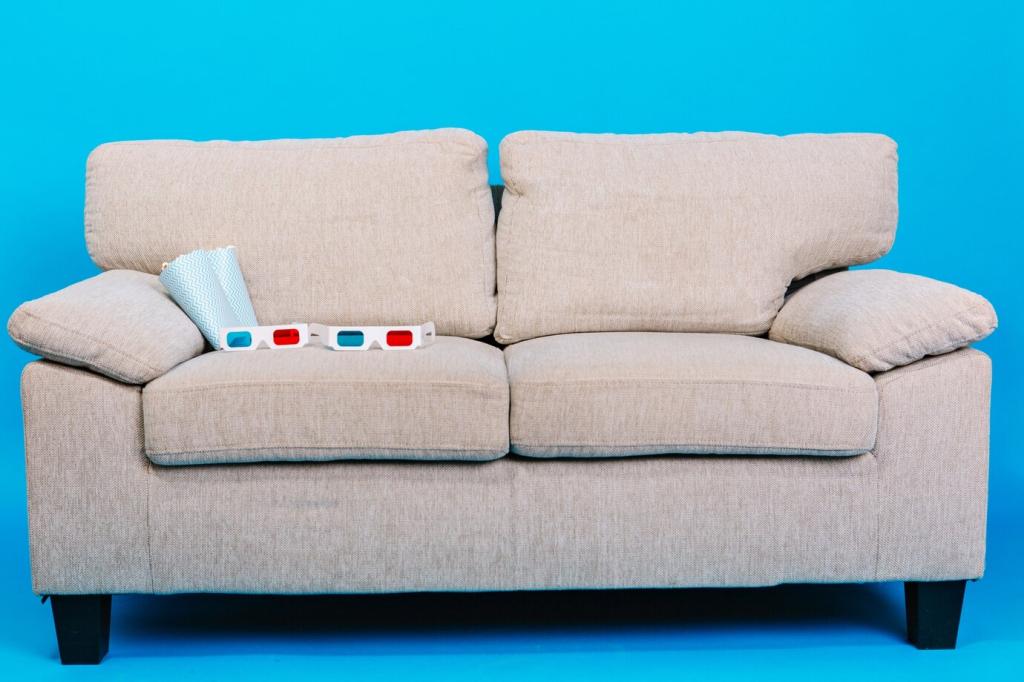
Wireless Charging Surfaces and USB Ports
Modern multifunctional furniture frequently features built-in wireless charging pads and USB ports, seamlessly integrating device charging into everyday activities. Coffee tables, nightstands, and work desks now often include charging zones, eliminating messy cables and the constant search for wall outlets. These features benefit urban professionals and families alike, providing practical solutions to power-hungry lifestyles without sacrificing style. Designers pay close attention to cable management, ensuring that the smart features remain discreet. By embedding such technology, furniture becomes an essential player in the smart home, supporting productivity and relaxation in equal measure.
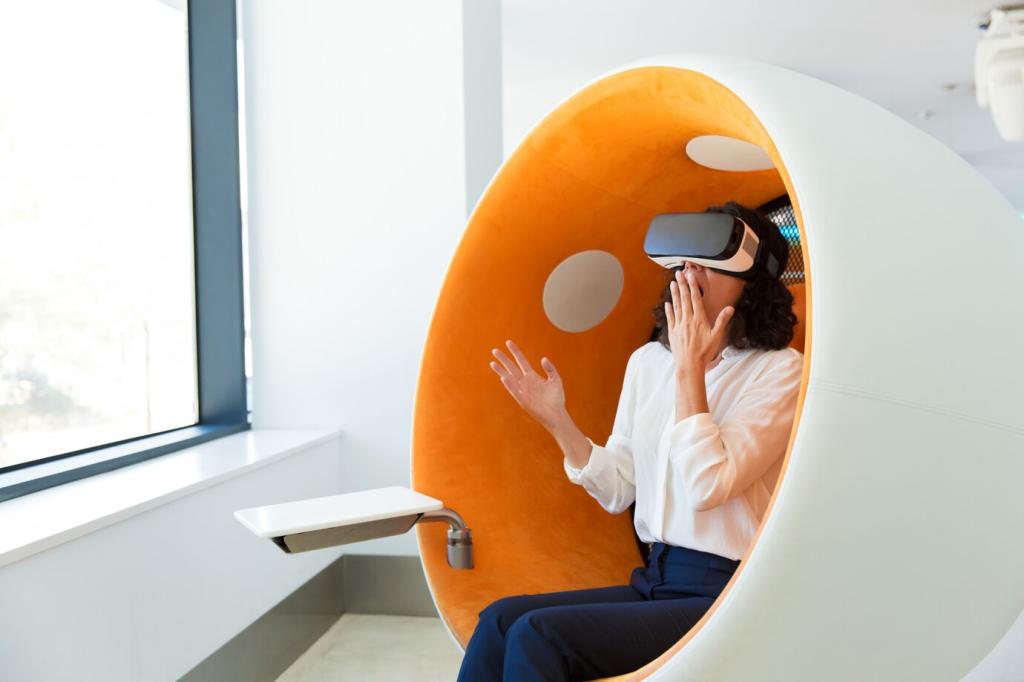
Voice-Controlled Adjustable Furniture
Voice-controlled technology is rapidly entering the realm of multifunctional furniture. Electric recliners, adjustable beds, and standing desks can now be operated via smart assistants, offering customizable comfort with simple voice commands. These advancements empower users to change furniture positions, lighting, or even ambient temperature settings without lifting a finger. The integration of voice-activated features particularly benefits users with mobility limitations, providing unparalleled accessibility. Attention to user experience ensures these features are intuitive and unobtrusive, merging technological sophistication with daily convenience. The seamless harmony between furniture and voice control represents a significant leap toward the truly connected home.
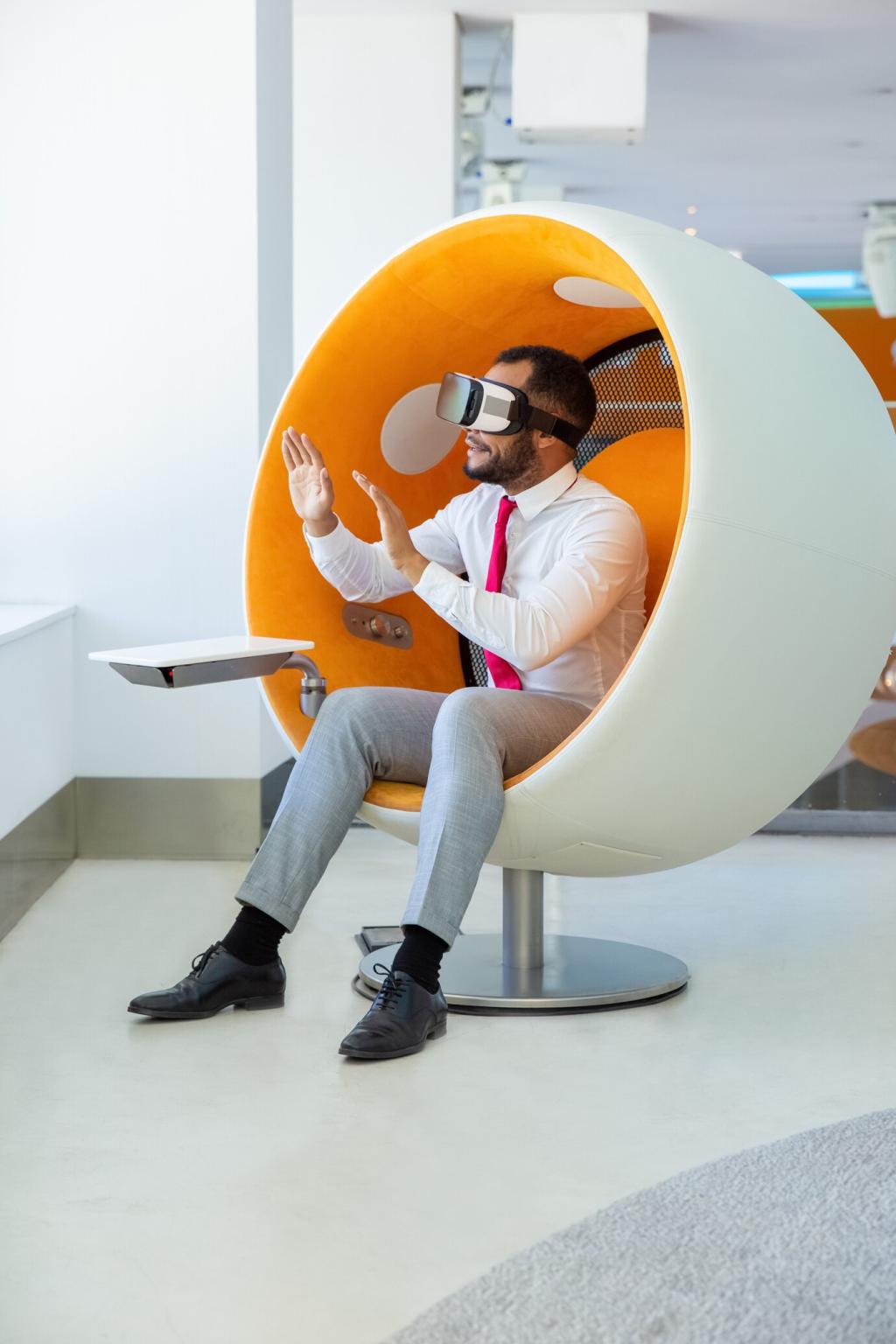
Lighting and Climate Controls Embedded in Furniture
Innovative designers are embedding lighting and climate control features into furniture, enabling users to create ambient environments tailored to different activities and moods. Nightstands with touch-sensitive lamps, sofas with built-in reading lights, and desks that offer adjustable LED strips are becoming increasingly common. Some furniture pieces now even include integrated fans or air purifiers, supporting a comfortable and healthy home environment. These enhancements are often smart-enabled, allowing for personalized settings via apps or voice commands. Such integrations elevate furniture from mere utilitarian objects to interactive hubs, enriching everyday experiences through convenience and thoughtful design.
Sustainability and Eco-Conscious Materials
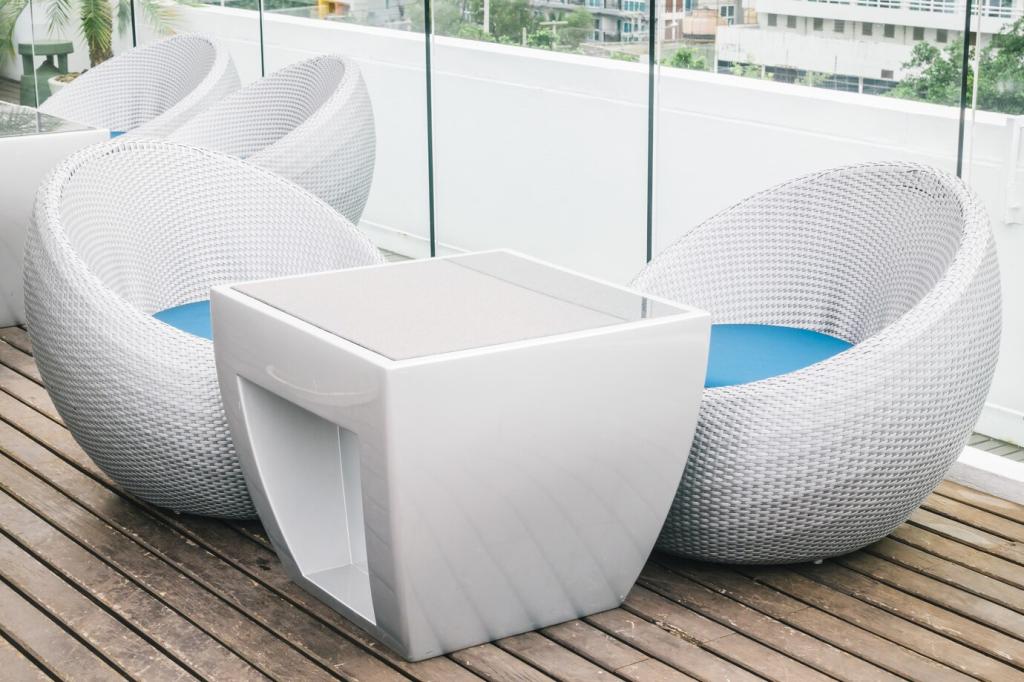
Furniture made from reclaimed wood and upcycled materials not only lessens environmental impact but also brings unique character to each piece. Designers are sourcing wood from old barns, warehouses, and shipping pallets, giving new life to materials that would otherwise be discarded. Such pieces often feature distinct textures and natural imperfections, adding warmth and authenticity to interiors. Upcycled components like metal hardware or fabric remnants contribute to the creation of one-of-a-kind furniture with rich histories. This commitment to resourcefulness results in designs that are sustainable, stylish, and in harmony with contemporary eco-conscious values.
Manufacturers are expanding their offerings to include a vast array of custom fabrics, finishes, and color palettes for multifunctional furniture. Customers can now select upholstery materials that align with their decor vision or specify wood stains to match existing furnishings. This level of choice extends to hardware, trim, and detailing, allowing every piece to feel uniquely personal. Advances in digital printing and material technology are making exotic patterns and textures more accessible, ensuring that customization remains affordable and high quality. As a result, furniture becomes not just a fixture but a canvas for self-expression.
Customization and Personal Expression
Artistic Design Meets Practicality
Designers are experimenting with bold, sculptural forms that challenge traditional furniture silhouettes. Curved lines, geometric shapes, and asymmetrical profiles come together to create visual intrigue while integrating secondary functions like hidden storage or adjustable surfaces. These innovative forms ensure that every piece serves as a focal point, even as it performs multiple practical roles in the home. Such designs are often inspired by architectural principles—balance, proportion, and harmony—blurring the line between art and function. In this way, multifunctional furniture becomes not only useful but also a source of continual inspiration and delight.
